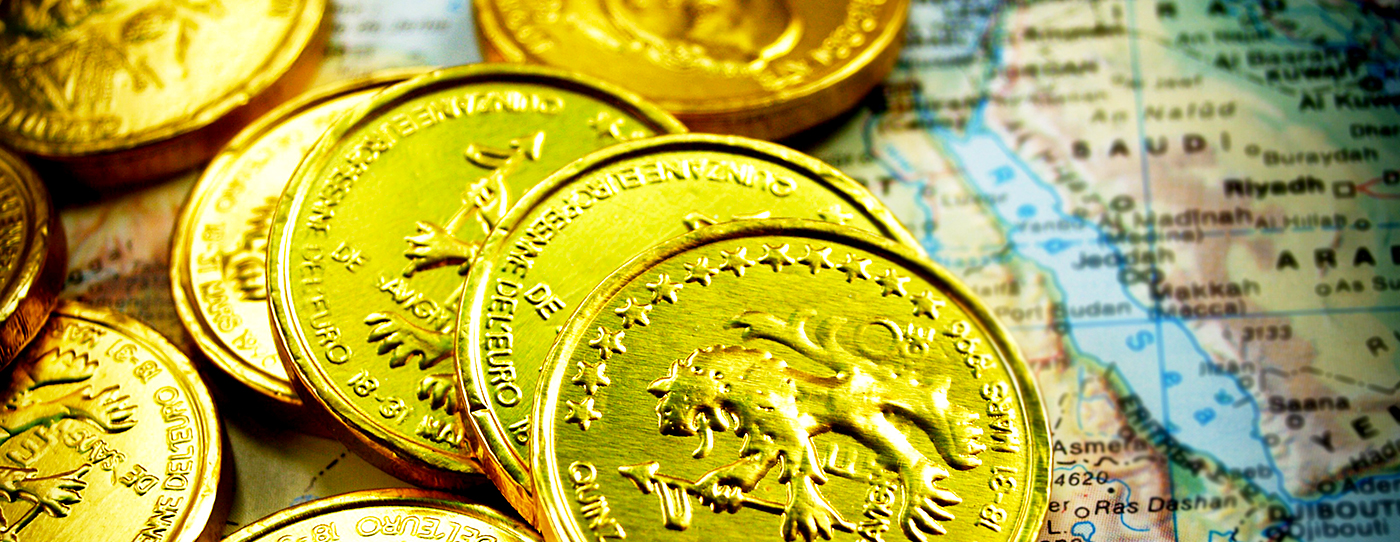The 1622–1625 English Gold Guinea: Origins of a Legend
페이지 정보
작성자 CL 작성일25-11-08 16:16 (수정:25-11-08 16:16)관련링크
본문
The 1622 to 1625 English gold guinea holds a quiet but pivotal place in the history of England’s currency evolution. Although the official guinea coin was not introduced until the mid-17th century, the bullion coins produced during King James I’s rule paved the way for what would become the most prestigious coins in the legacy of the Crown.
These early gold coins were commonly called guineas, but they were minted with bullion brought in from the Guinea coast, which would later inspire the name of the official guinea. The use of this African gold marked a deepening economic tie between the Kingdom of England and international commerce routes, demonstrating the swift growth of British commerce during the early 17th century.
At the time, England primarily relied on sterling coinage for everyday transactions, while gold denominations remained scarce and largely confined to large payments. The coins minted between 1622 and 1625 were a strategic move to stabilize and modernize the monetary system by establishing consistent gold coinage. Compared to earlier gold issues, these were better regulated in fineness, having escaped the issues of irregular production that had undermined earlier issues. This standardization reinvigorated popular trust in the coinage authority and enhanced their appeal for use in overseas trade.
The design of these coins also mirrored the political and cultural climate of the era. Featuring the portrait of King James I, they served as emblems of crown power during a time of growing discord between the monarchy and Parliament. The engraving quality of the coins was exceptionally detailed, with fine detailing that showcased the expertise of the Royal Mint. The artistic precision elevated them from functional coinage to cultural artifacts.
The name had not yet been adopted, these pre-guinea bullion strikes were the true ancestors of the standardized guinea introduced under King Charles II. When the guinea was officially minted in 1663, it retained the consistent mass and fineness benchmark established in the the reign of James I. The legacy of these coins is visible within the timeless credibility of the guinea as a benchmark for high-value exchange, used for centuries in high-value transactions, including the acquisition of paintings, real property, and アンティーク コイン even commissioned ranks.
Today, rare originals of these early gold coins are valued treasures among collectors, pursued by collectors and historians. They represent more than just currency; they are tangible links to the dawn of Britain’s global economic influence and the the evolution of monetary thought. Why they matter lies not only in their intrinsic worth but in what they reveal about the vision and obstacles of a empire forging its international identity.

댓글목록
등록된 댓글이 없습니다.

